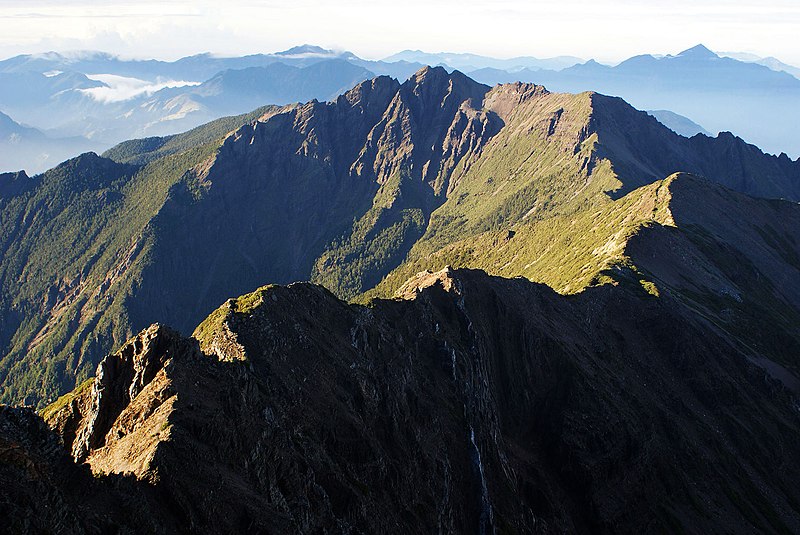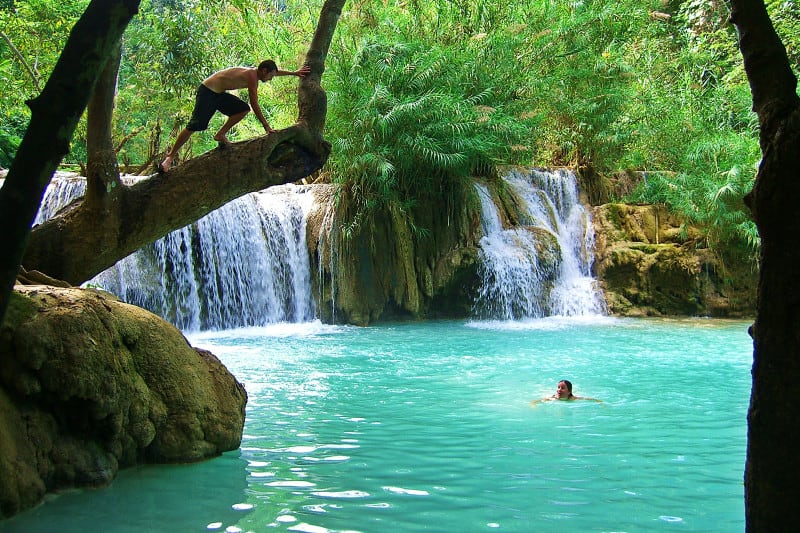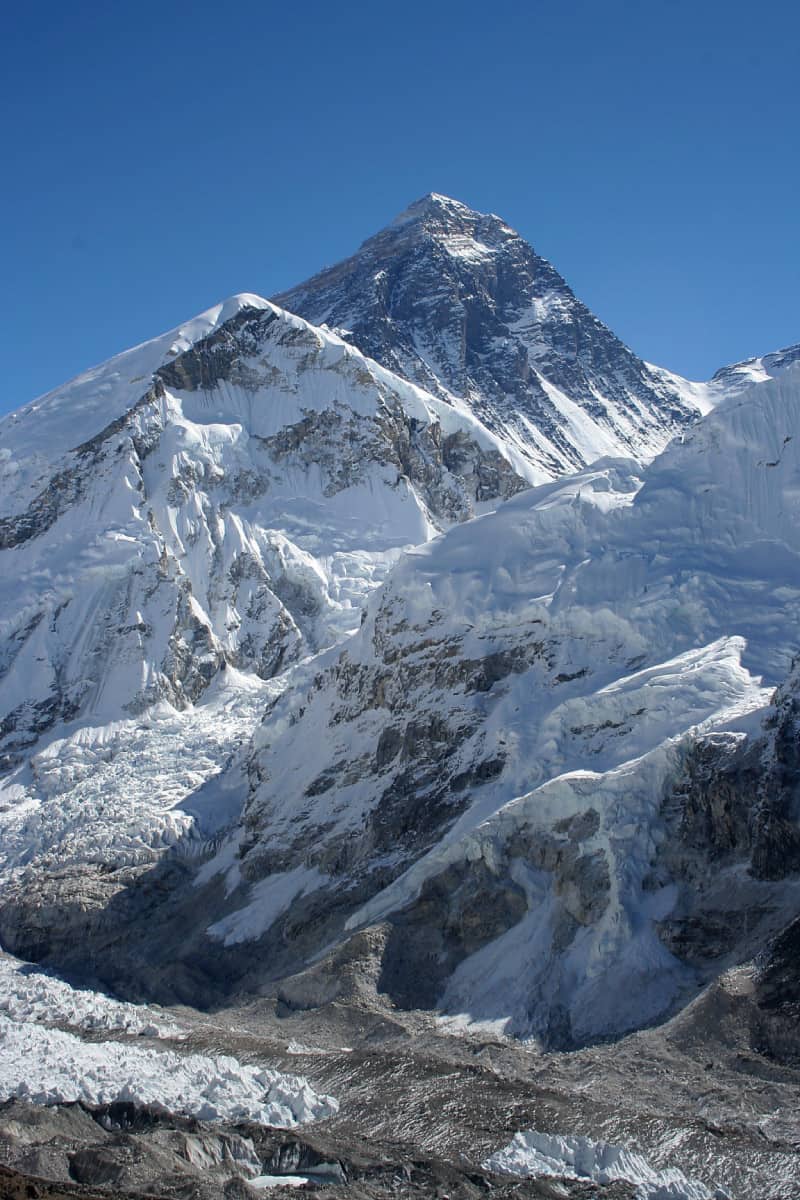Mount Everest Facts
- Mount Everest is the tallest land mountain on earth, as determined by elevation above sea level, although undersea mountains that are taller do exist.
- This mountain also formed in what we now call the Mahalangur section of the Himalayas, in Asia. The international border between the nations of Nepal and China runs directly across the summit.
- The peak lies at an elevation of 29,029 ft (8,848 m) above sea level. This rather incredible wonder of geology forms part of a massif that also includes three neighboring peaks
- These peaks bear the names of Lhotse, measuring 27,940 ft (8,516 m), Nuptse, measuring 25,771 ft (7,885 m) and Changtse, coming in at 24,870 ft (7,580 m).
Related Articles



Mount Everest Geology
The rocks comprising Mount Everest constitute parts of the separate formations. Each of these also formed from a different type of rock: limestone, marble, and granite.
Plate tectonics subsequently caused the three separate formations to be thrust upwards.
The rocks of all three formations consist of both metamorphic and sedimentary types.
This occurred when the Indian Plate and the Asian Plate collided, and it continues to happen in a generally southward motion. They also moved over each other, thus forming Mount Everest as a result.

Mount Everest Flora and Fauna
Despite the rather extreme altitude and conditions, life still clings to Mount Everest. We now know that a variety of small, black jumping spider lives on its heights. This spider inhabits altitudes as high as 22,000 ft (6,700 m).
Scientists believe it to be the highest dwelling non-microscopic life on earth. It lives in crevices and experts think it feeds on frozen insects blown in by the wind.
There also appears to be an endemic species of moss found on Mount Everest. Researchers report finding it as high as 21,600 ft (6,480 m).
So, this ranks as the highest altitude of any known plant species. Quite a record.
Features Sharing Its Region



Check out our articles on 5 Rare Mind-Blowing Cloud Types, Maned Wolf, Millaa Millaa Falls, Eastern Yellowjacket, Socotra Dragon Tree, Weedy Seadragon, Blue-lipped sea krait











Leave a Reply